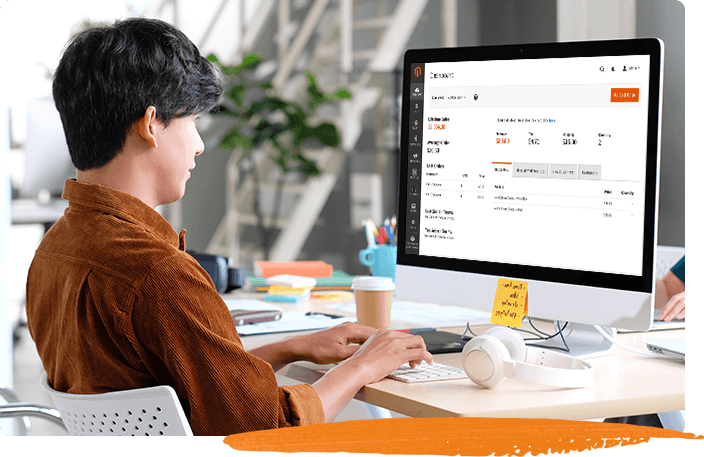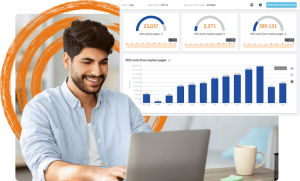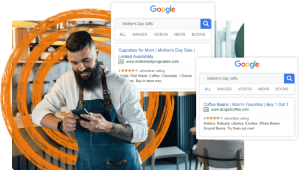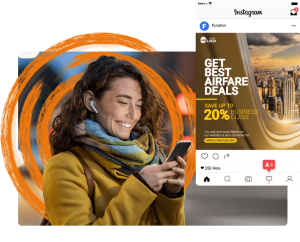Regardless of the type of industry you’re in, if you run a small business, it is crucial to establish the largest audience for your brand as possible. Some might say that’s easier said than done, so where do you begin? Blogging is one of the largest tools to help get your business out there, establish an online presence or even integrate with your existing social media accounts.
What is a blog?
If you’re an avid user of the internet, chances are that you’re consuming a lot of your information from blogs. Many readers don’t even realise when or how often they are accessing them. A blog is a form or part of a website where the user posts content to communicate to an audience. With the posts typically appearing in reverse chronological order, many users choose to blog for the purpose of voicing something they feel passionate about.
Why should I blog?
Aside from the obvious point of getting your business out there, there are many reasons why blogging is useful for your small business.
Establish Yourself: By creating a blog for your small business, audiences are able to ‘put a face to a name’ so to speak. It helps to give your company a personality and you’ll begin to be seen as more than just a brand. By showing this personable side to readers, it can help to attract a wider audience and create interest in your products or services.
Connect with your audience: Blogs contain useful features to get people engaged with your site such as a comments section. This feature is particularly useful to get people involved as part of a discussion. It can lead to healthy debates and ways for people to engage with your content. They can ask questions, post tips and opinions, which in turn enables them to become part of your online community.
Brand Visibility: If you have an existing eCommerce site, setting up a blog can be very beneficial for you as you’ll be rewarded by Google. For sites that post regular articles of a high quality, Google gives them a higher ranking. This in turn will help you with reaching a larger audience.
View Your Stats: Most Blogging platforms will allow you to see how much traffic you’re receiving. Who is visiting your website? How are they arriving to your site? All of this information is incredibly useful as you can see what is working for you and what isn’t. It can help you to change your approach or tweak a few things so that your site can reach its full potential.
How do I blog?
It’s simple, just start typing! It will no doubt take some time for you to truly find your style but a great way to get started is to question what you want to say, and who you want to say it to.
Establish your Topics: Creating a plan for your blog (whether it is a monthly plan, or simply per blog post) helps you to clearly communicate your message to your readers. Some great interest areas to post about for small business are; industry related news, promotion of products and services and solutions to common questions related to your industry. Once you have begun to blog, you may want to start to consider other ways to make your content more interesting.
Integrate and link content: If you already have existing social media accounts, bring them all together. Put links on your blog to your Facebook/Twitter/Instagram/Pinterest and also link back to your blog from them. For example; you can tweet to your followers when you upload a new blog post. This will help you achieve greater traffic in a shorter timeframe as it brings audiences from other platforms to your blog.
* You may even want to think later down the track about affiliate links that can be placed on a likeminded blog to help drive more traffic to your site.
Post with others. Discuss within your small business who are the members that may wish to be involved with writing content for your blog. There are several benefits to having a set up with multiple writers:
– Your audience will begin to widen as different readers will respond to different writers and topics thus increasing your reach.
– You can have experts on a particular topic or field. This will create engaging content for your readers, encouraging them to return.
– You can balance your workload as posting can be split amongst a small group or team.
We’ve looked at the What, Why & How. Take a look at a few extra tips to consider with your blogging journey below and then GET POSTING!
Additional Tips – Make sure you are updating your blog regularly. Pick a steady timeline and stick to it. It may take time for your audience to arrive but they are considerably more likely to return time and time again if they know there will be new and engaging content.
– Short and sweet. Ensure that you aren’t posting too much content with each post as it becomes overwhelming to the reader. And don’t post too little. If it isn’t enough to excite, stimulate or engage someone, they won’t return to your site.
About Author: Lydia Taylor is a sales and admin assistant at Digital Animals and is passionate about helping small businesses see the benefits in writing blogs. Digital Animals is a great source of information and has the capability to help you at every step of the online marketing process. Please get in touch, we are happy to answer any questions you may have.







